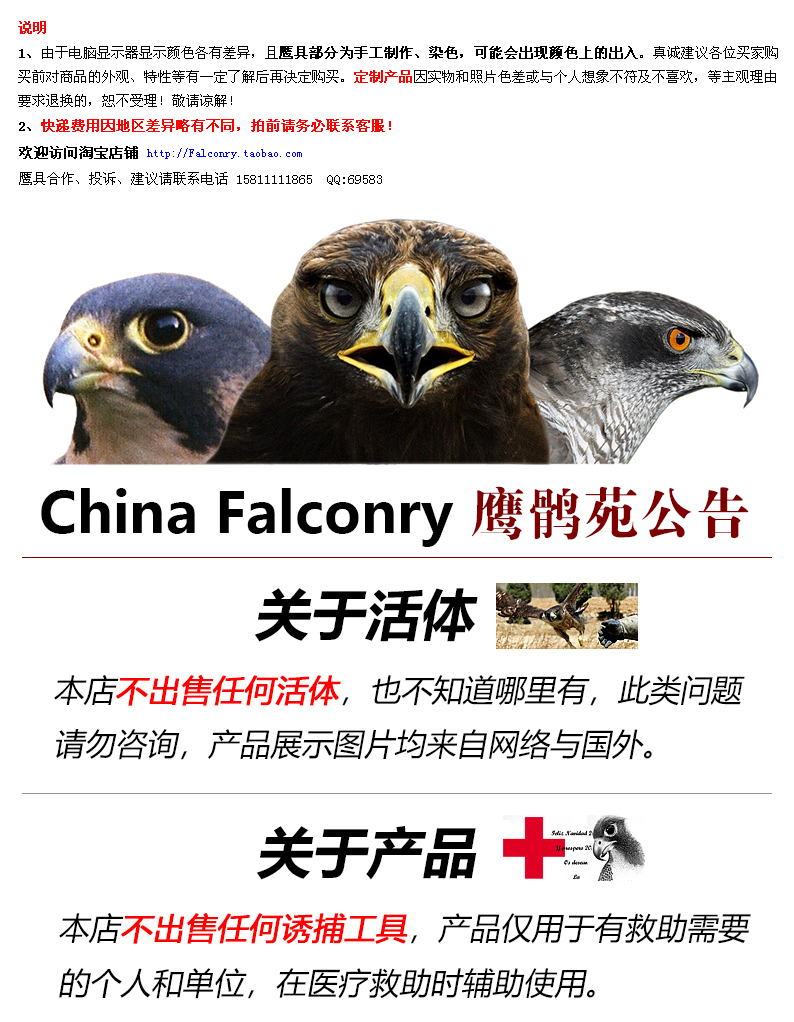
| 电子铃 / 追踪器 | | 进口追踪器 / 马歇尔小酷龙 | | 鹰帽 / 遮光罩 | | 手套 / 护袖 / 踏布 | | 脚绊 / 五尺子 | | 鹰环 / 转环 | | 鹰哨 / 叫远 / 教程 | | 摘窝子 / 放鹰器 | | 假饵 / 仿生 / 跑绳 | | 铜铃 / 背负板 / 尾夹 | | 鹰架 / 隼台 / 草皮 | | 鹰猎包 / 电子秤 / 轴 | | 营养剂 / 驱虫 | | 鹰具套装 / 其他 | |

原装进口全新马歇尔 Micro 发射头
Marshall最轻的发射头 发射头,现货!拍下后当日顺丰包邮!
实拍视频 http://v.youku.com/v_show/id_XNzg0NzUwNDk2.html (复制到浏览器打开)
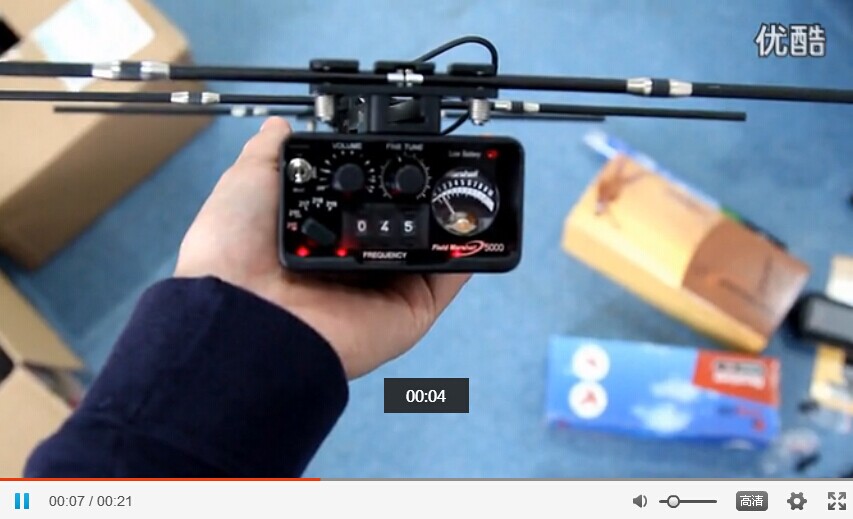
注:马歇尔追踪器各型号波频区别
马歇尔FM100 有100个频点,可跟踪10个发射头。
马歇尔FM1000有1000个频点,可跟踪100个发射头。
马歇尔FM1000是5波段中任选1个波段,非5波段同时存在于一机上。
马歇尔FM5000有5个频段,5000个频点,可跟踪500个发射头。
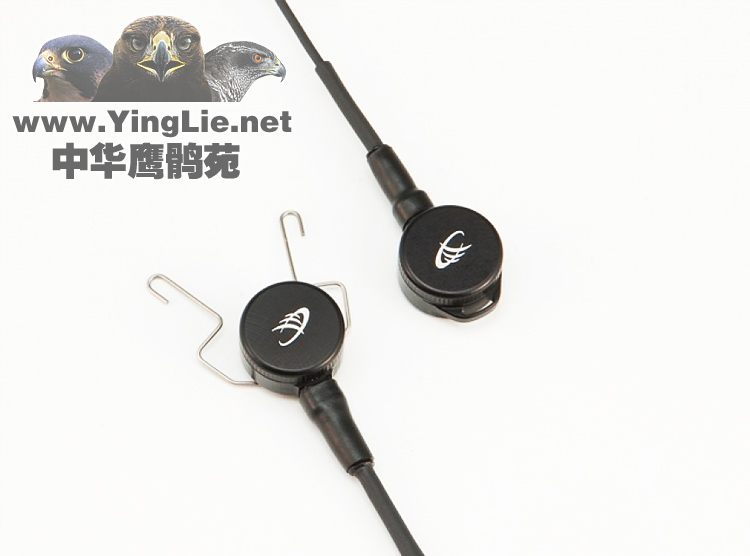
马歇尔Marshall追踪器发射头选型参数表参考
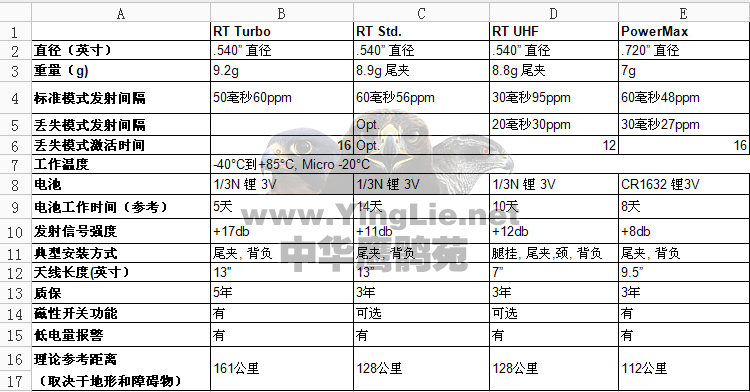
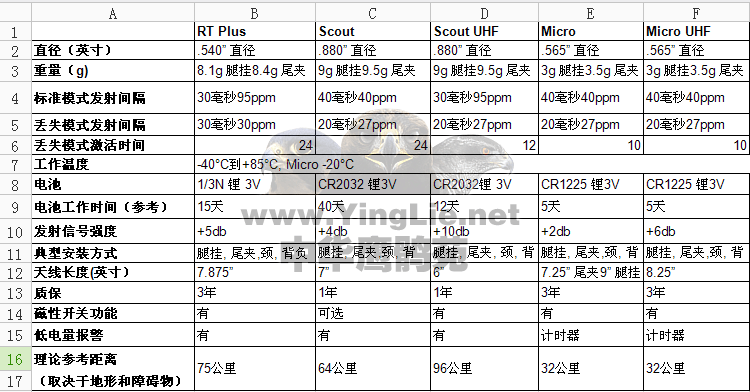

【鹰具高清细节图】买鹰具认准鹰鹘苑,直达网址:Falconry.taobao.com (鹰猎)
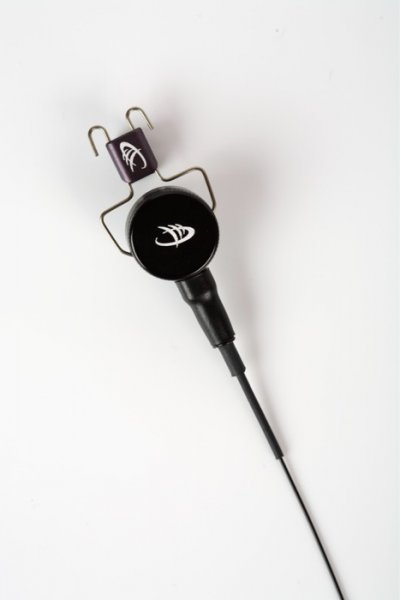
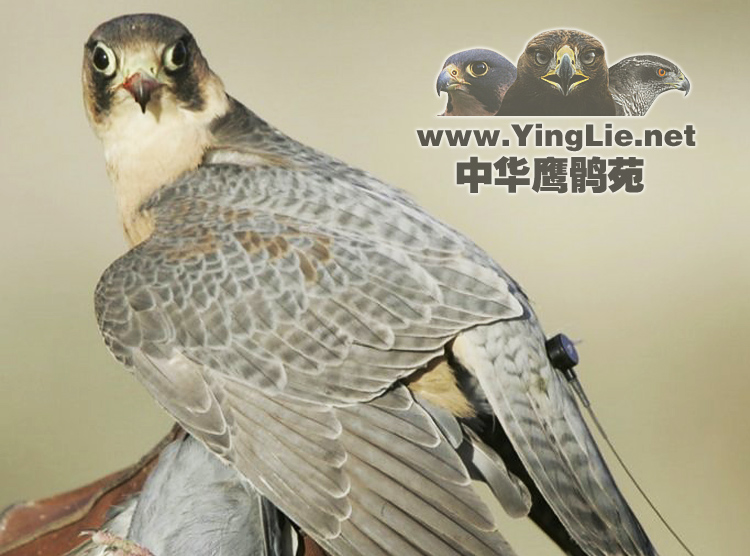
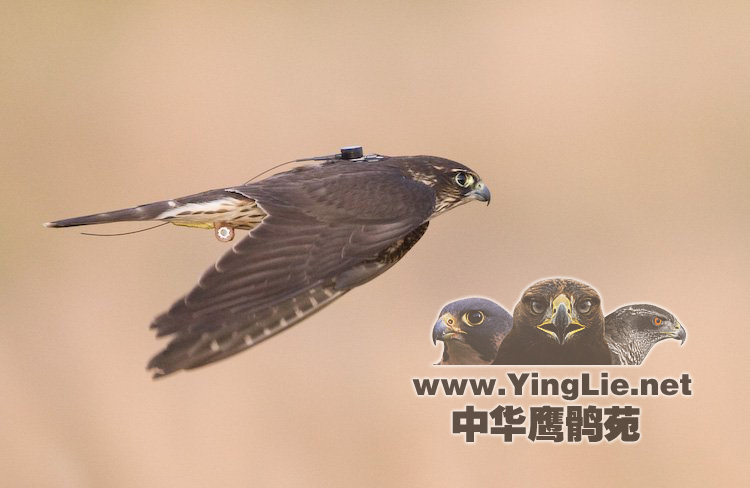

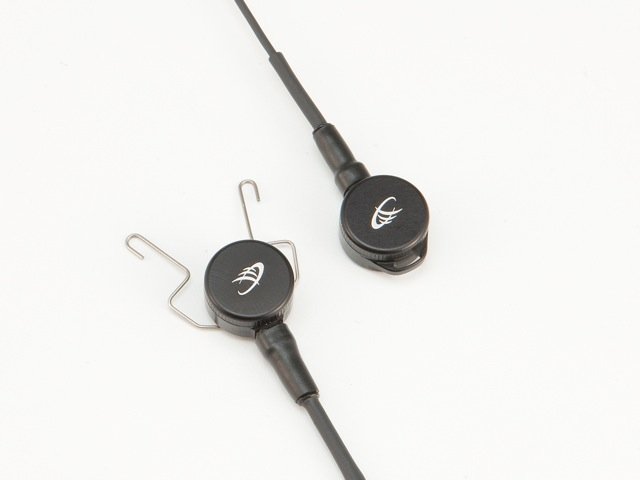



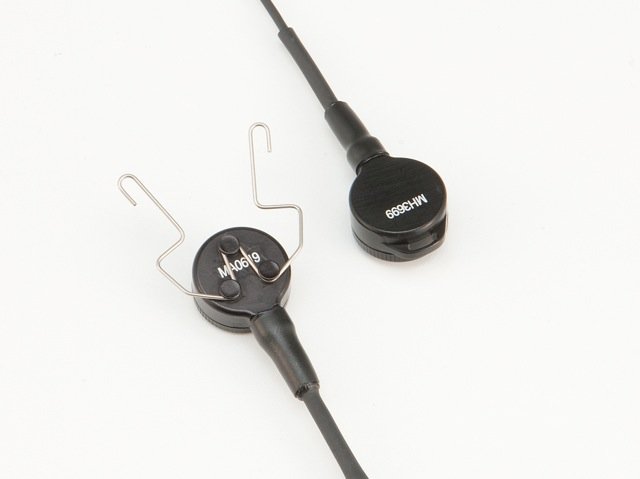

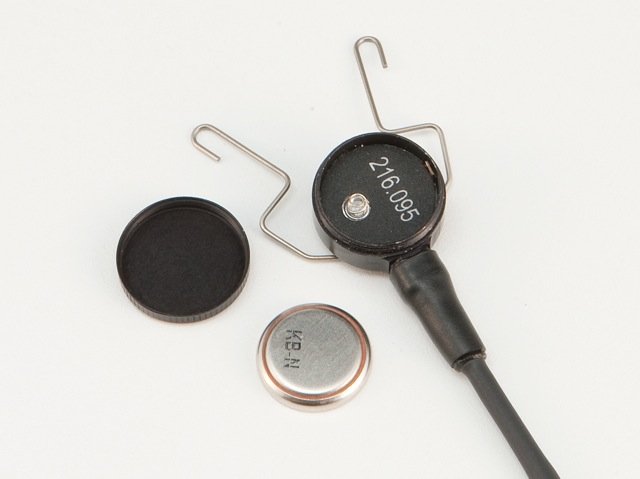
追踪器的基础知识
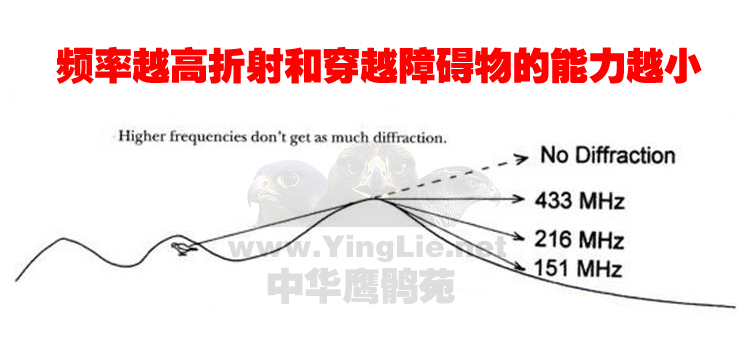


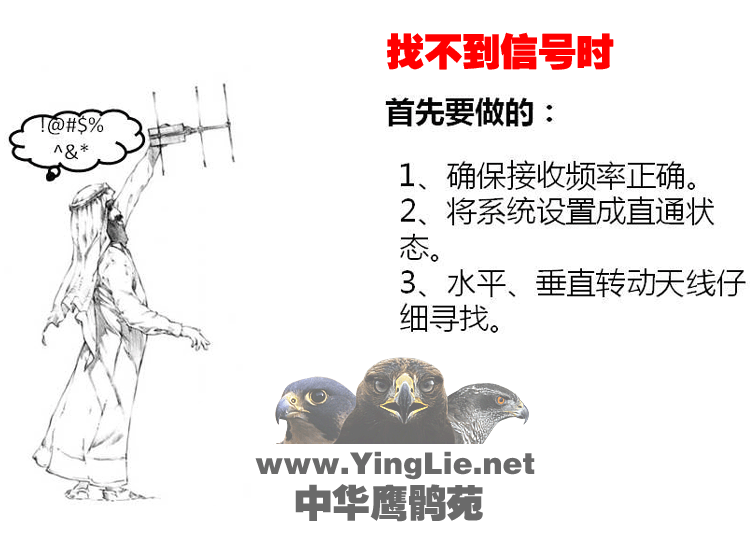

马歇尔追踪器相关视频(复制网址到浏览器打开!)
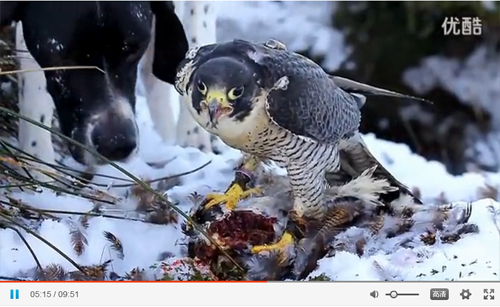
1、马歇尔追踪器发射头尾夹安装:http://v.youku.com/v_show/id_XNzg0NzQ5NzA0.html
2、马歇尔接收器FM100与FM1000对比:http://v.youku.com/v_show/id_XNzg0NzQ1MzM2.html
3、马歇尔追踪器177公里测试:http://v.youku.com/v_show/id_XNzg0NzQ0NzYw.html
4、马歇尔追踪器发射头7000V电压测试:http://v.youku.com/v_show/id_XNzg0NzQ0NTI4.html
5、马歇尔追踪器背负板安装教程一:http://v.youku.com/v_show/id_XNzg0NzQ0MTg0.html
6、马歇尔追踪器背负板安装教程二:http://v.youku.com/v_show/id_XNzg0NzQzMTgw.html
7、马歇尔追踪器433频率与173频率介绍:http://v.youku.com/v_show/id_XNzg0NzM1NjYw.html
8、马歇尔追踪器英国鹰猎大会现场:http://v.youku.com/v_show/id_XNzg0NzM2NTIw.html
9、马歇尔追踪器犹他州测试:http://v.youku.com/v_show/id_XNzg0NzI4MTg4.html
10、马歇尔官方视频(狂野之梦完整版):http://v.youku.com/v_show/id_XNzg0NzI2ODg4.html
英文说明原文
Micro Transmitter
This tiny transmitter is the "Ideal Tail Mount" for all sized birds. It weighs only 3.5 grams with the battery yet is a medium range flat design putting only 1/3 the weight on a single tail feather.
Unlike other transmitters using very small batteries, the new Micro doesn't fade out or die in low temperature situations.
It is perfect for small specialty birds: Merlins, small hybrids, sharp-shinned hawks and other extremely small raptors. You can order it with a 'fine' or a 'medium' gauge antenna, depending on intended use.
The Micro also contains the magnetic 'tap on/tap off' switch, a half-length 7.5 or 9 inch antenna with incredible power and efficiency. Each unit is burned in for five days and Enviro-tested tested from +150F down to -40F prior to shipping. Available frequencies: 216, 217, 218, 219, as well as the extremely powerful new UHF frequencies (433 and 434).
SMALLEST SIZE, LIGHTEST WEIGHT
The Micro is our smallest transmitter design, weighing only 3.5 grams with the tiny 1225 3v lithium coin-cell battery installed. Yet its range exceeds that of most transmitters twice or three times its size and weight.
MICRO SIZED TAIL-PIECES AND INSTALLATION TOOL TO MATCH
In this image, Terry installs the especially small tail piece has been made just for the Micro transmitter.
The matching tail-piece installation tool is used to quickly install the tail piece from above on to the deck feather of a Merlin. The process is quick and simple causing much less strees to the bird.
MOST POWER POSSIBLE FROM TINY BATTERY
Using the very small and light lithium coin cells, the Micro transmitter is engineered to radiate the most power possible while squeezing the battery's reserves most efficiently. At room temperature, the Micro will transmit continuously for 30 hours of normal use (30 one hour flights, one month) before telling you to change the battery with a double beep every tenth pulse. After that, the battery runs about 70 more hours for a total time of about 100 hours. Using the Mag switch to Tap on and off for each flight, this might translate into one or two months of normal use per battery change, while always maintaining a safety margin of three days to look for a lost bird.
You can leave your battery in the Micro for up to six months. The transmitter keeps track of cumulative transmission time to estimate remaining battery life, even when not transmitting.
COLD TEMPERATURE OPERATION
A Micro with a new battery will operate in extreme cold, down to -40C (-40F) due to it's unique design using tiny capacitors to store up the charge even when a battery's current begins to drop due to extreme cold.
But as coin cell batteries run through their life cycle, they lose some of their ability to provide current to run the transmitter in very low temps, so that after 48 hours of normal use the same battery may not work below -18C (0F). This only means that if you are about to fly in very cold temps, and there's a chance your bird may be lost overnight when the temperature drops, you should always use a new battery.
THE IDEAL TAIL MOUNT
As a tail mount, the Micro hugs the tail due to it's flat shape, giving a low and safe profile on the feather. Shown more clearly in the Image Gallery, this unique shape adds to its safety when used with this mounting method. There are still no other flat transmitters on the market. With far less weight and inertia, the Micro is also ideal for neck mounting.
The Micro has a magnetic on/off switch so it can be left on the tail 24/7 during the season, removing it only once a month or so to change the battery. Customers comment on how nice it is not to have to unscrew the lid and remove the battery after each flight to turn it off.
The Micro's short, safe 7 or 9 inch antenna lengths makes tail mounting much more appealing.
IDEAL TINY NECK-MOUNT
It does equally well as a neck mount due to the flat shape and light weight. A small Bewit slot is machined right into the case for secure attachment.
USE ON LARGER BIRDS
The Micro might be used as a primary transmitter on any sized bird as the "Ideal Tail-Mount," or on the tarsus or neck mount. Originally intended for use with the very smallest of raptors, it's now ideal for larger birds as well since it now has the magnetic on/off switch, short 7-inch antenna and much more power than before.
"I fly passage Merlins now due to the shrinking areas available for hawking large falcons, and I love it. I'm able to go out every day on my lunch hour, fly two birds on Starling flocks and be back in time for work.
"I had been using an old LF2 as a tail mount with a homemade tail mount system that attached to both decks, but after switching to your new Micro and tiny matching tail-piece, what a difference. The weight is about 1/3, the power is about 4X and I don't feel like I'm handicapping the bird anymore. I'm a design engineer by profession so I really appreciate the difficulty of what you've done in creating the Micro."
Dave Ewell, Utah
"I have used your Micro transmitter on my birds for several years now. While I love the incredibly small size, what I found amazing was the power I got out of this little transmitter. I cut the antenna down to three inches and still got more range than my old LF3! We run an Orvis endorsed professional hunting and fishing lodge where I also take the customers out to see the falcons fly. So, the equipment I use gets close scrutiny: it cannot appear to be handmade or primitive. You're queried constantly: 'What is that? Why do you use it?'
I've found your products to be reliable, simple to use but engineered and packaged like nothing I've ever seen. You've taken falcon telemetry to another level."
Howard Brinkerhoff, Uintah Basin
What is the diference between the 'CR' and 'BR' 1225 batteries?
t to note, the 1225 comes in both ‘BR’ and ‘CR’ chemistries. The ‘BR’ (Lithium/ Poly-Carbon Monoflouride) chemistry offers the best performance for long running low drain applications (like a wrist watch), but does not do well in higher drain applications (like a falcon transmitter). In high drain applications, the high drain ‘CR’ (Lithium/Manganese Dioxide) works much better.
Can I get a heavier antenna than the one it comes with standard?
Yes, both the standard (thin) and heavy (thick) antennas are available for the Micro, made with the tiny aluminum ferrule attachment.
Why can't I change the Micro from a leg to a tail mount, in the field?
If you look closely at the first two pictures in the Image Gallery, you'll see there are two body designs: 1) the leg mount case with a tiny Bewit attachment loop at the top and a smooth back. This makes the Leg Mount version is also ideal for neck mounting, and 2) the tail mount case that has three tiny posts on the back to hold the tail spring and also make it field replaceable.
To keep weight to the absolute minimum, we make them one way or the other.
Can I use the Micro on larger birds, such as a female peregrine or goshawk?
Yes, when used as a tail mount. Although designed for use on the very smallest of birds, all of us want to have as little weight as possible at all times, as long as there's not a significant sacrifice in power. It's our opinion that the Micro will, over time, become the preferred tail-mount option for this reason.
How well does the Micro work in very cold conditions?
With a new battery, the Micro will operate down to extreme cold temperatures (-40F). However, the battery in the Micro is very small, and its ability to supply energy to the transmitter is limited at these temperatures (thus reducing run time). We recommend using a new battery every day when flying in extreme cold temperatures.
If I use the Micro as a Tail Mount, and a PowerMax on the TrackPack, does the antenna from the PowerMax cause any inerferences with the Micro or its signal?
The circuitry used in all Marshall transmitters has been designed to be very robust and non-susceptible to interference. Any Marshall transmitter can be flown next to other transmitters on the same bird (i.e. a Micro on the Tail and a PowerMax on the back), with no interference from one another.
How much can I trim the antenna on the Micro without losing a lot of range?
The antennas on all Marshall transmitters have been carefully tuned to the optimum length. If an antenna is cut down (significantly) from the length it was sent with as standard, drastic loss of range can occur. Significant shortening of an antenna may also cause other un-intended side effects, so it is not recommended.
It seems like my Micro goes in to double beep mode too early.
If your Micro was produced prior to 2007, it contains both real-time voltage monitoring as well as a timer to tell you when to change the batteries. In certain conditions (like flying in cold temperatures), the double beep can activate prematurely (as it is telling you that the voltage in your battery has dropped), but will recover when the transmitter is warmed up. 2007 and newer Micro’s use only the battery timer to alert you to when it is time to change the battery. 2005-2006 Micro’s can be sent in to the factory for a simple re-programming to deactivate the voltage monitoring feature.
If you have a newer (or updated) Micro, and are getting an early double beep warning, it is possible that the memory inside the transmitter was not reset when the battery was last changed. To reset the memory, simply either
a) turn the transmitter on with the magnet before changing the battery or
b) short the contacts every time a battery is changed.
This will assure a full reset of the battery timer, and will give you the correct run-time before the double beep occurs.
